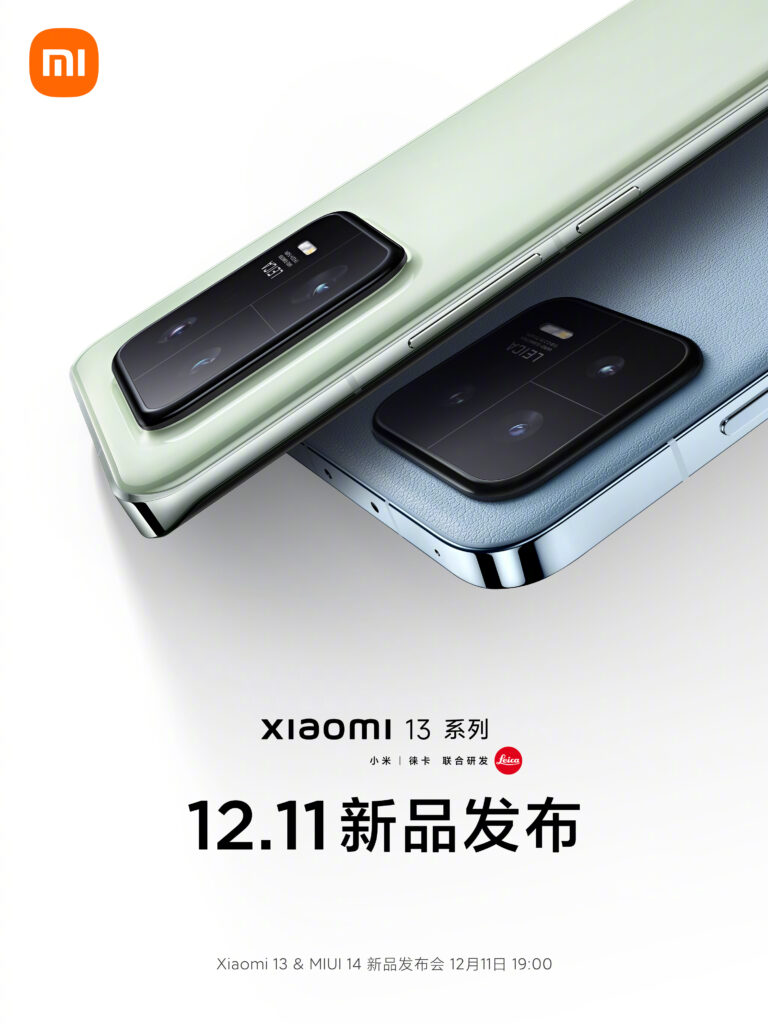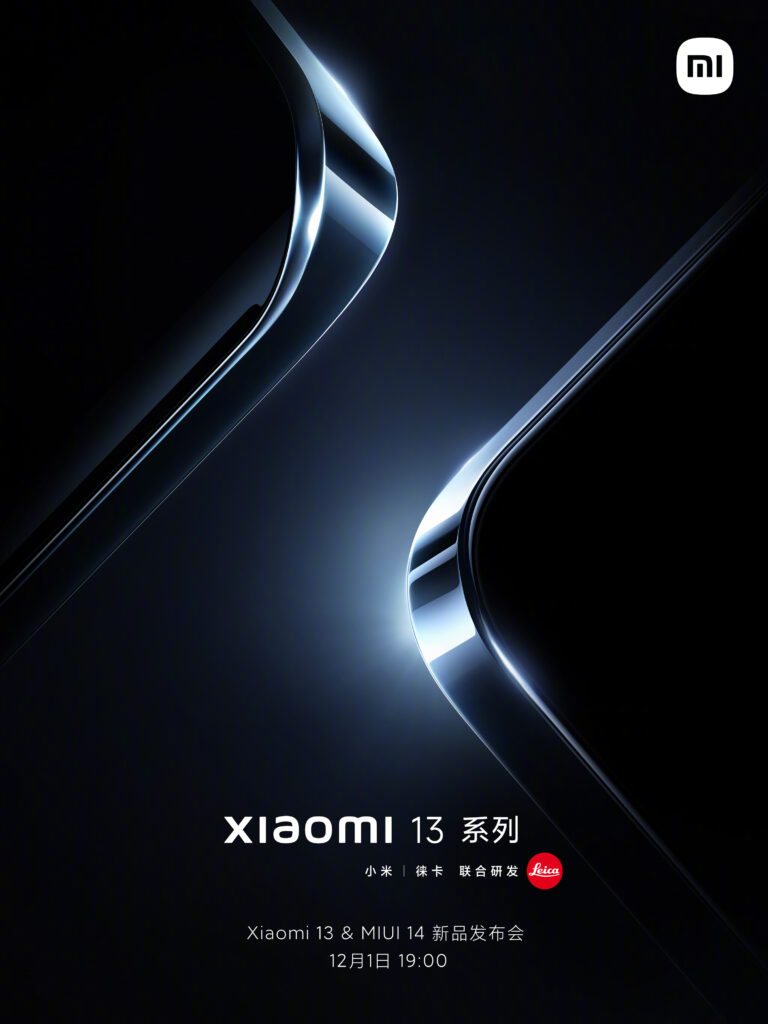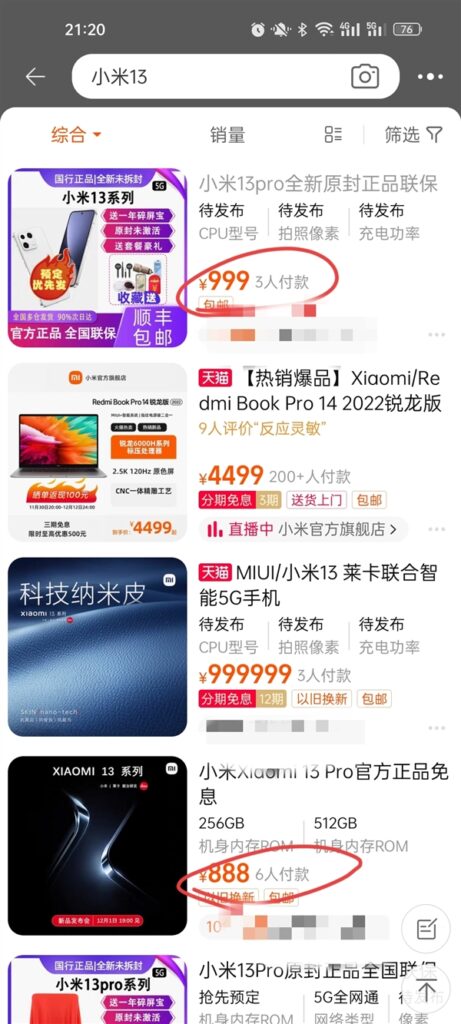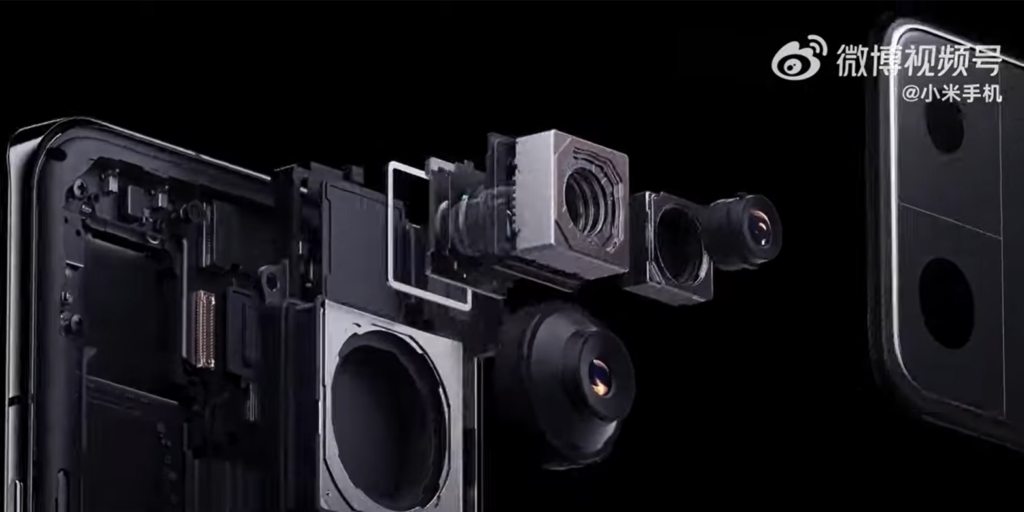Hong Kong–Beijing, China – December 11, 2022 – After almost 2 weeks of waiting to continue its official release, the Xiaomi 13 Series has finally arrived in Mainland China. Like the iterations before, the Xiaomi 13 was released at year-end to market it as the first-ever/most powerful smartphone this year. The series has the TSMC’s 4nm processor and was engineered by Qualcomm to become the Snapdragon 8 Gen 2. The most powerful chip currently on a smartphone. Sorry, Apple.
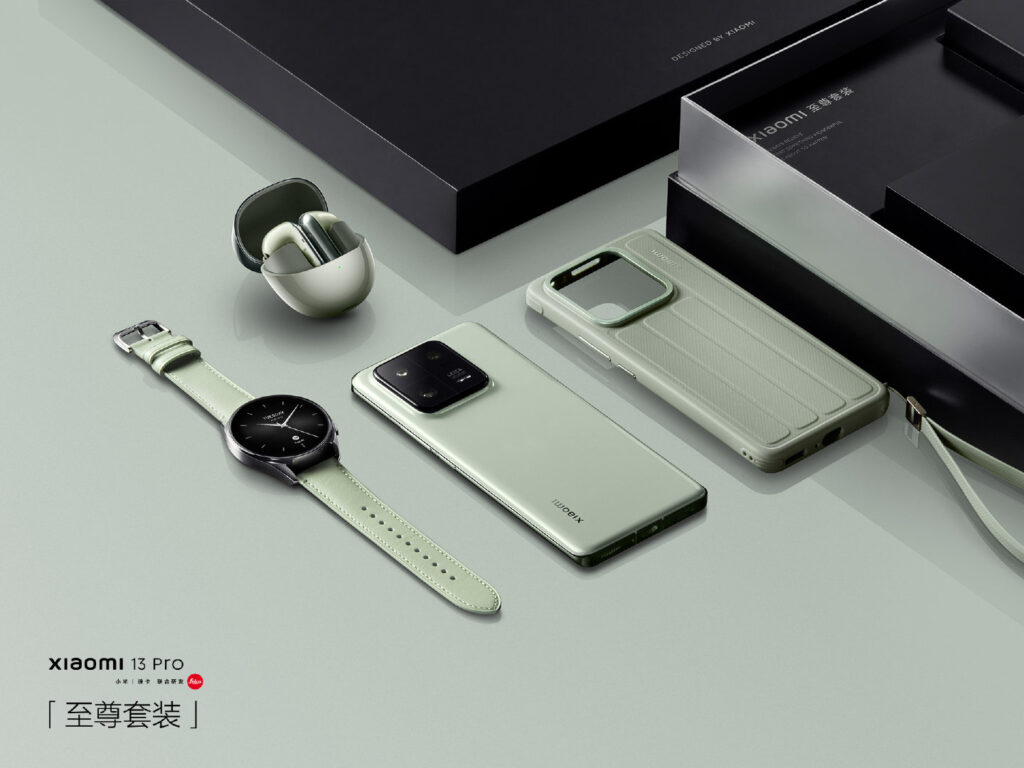
In addition, every iteration of Xiaomi/Mi is released in China. Chinese users are the first fans to get a hand with the most powerful phone every year while global fans can have official access to it on their local market every after Chinese New Year.
The Xiaomi 13 Pro
Compared to Xiaomi 12 Pro, the Xiaomi 13 Pro had a bit of an upgrade on its screen from 1,500 to 1900 nits (peak). Meanwhile, it has a 6.73-inch display, 120Hz variable refresh, 1440 x 3200px resolution, HDR10+, Dolby Vision, HLG, and 1920Hz DC dimming against aggressive PWM, and it’s already an LTPO panel. Its protection has pretty much the same as its predecessor. However, in terms of its protection over liquid matter, the Xiaomi 13 has an IP rating of IP68 which translates to dust and water resistance up to 150 centimeters for 30 mins.
Its Snapdragon 8 Gen 2 is paired with LPDDR5X memory and the 4th-gen UFS 4.0 storage.
In terms of a phone camera, the Xiaomi 13 Pro retains a triple 50MP camera setup on the back with significant improvements from the Xiaomi 12S Ultra’s famous 1-inch Sony IMX 989. However this time, its 1.6m sensor is now paired with a Leica-branded lens with an f/1.0 aperture and Hyper OIS for better stabilization.
For its zoom prowess, the telephoto camera also receives a significant upgrade. Unlike its predecessor, the Xiaomi 13 offers a better camera zoom because of its Leica Floating Lens element. The handset can now close a focusing distance of just 10 cm. We also like to emphasize that the camera design is now squarish unlike its predecessor and other iteration of Xiaomi/Mi.
Xiaomi poured a bit of additional battery into its pack to get to 4,820mAh and paired it with the company’s Surge 1 processor to make the charging of 120W Xiaomi HyperCharge and 50W wireless charging a lot safer. Xiaomi also includes 10W reverse wireless charging.
Other notable features are Dolby Atmos-tuned stereo speakers with Dolby’s new-generation head tracking feature, an IR blaster, and a fingerprint display.
Xiaomi colored the Xiaomi 13 four times – White, Black, Green, and looks like Light Blue.
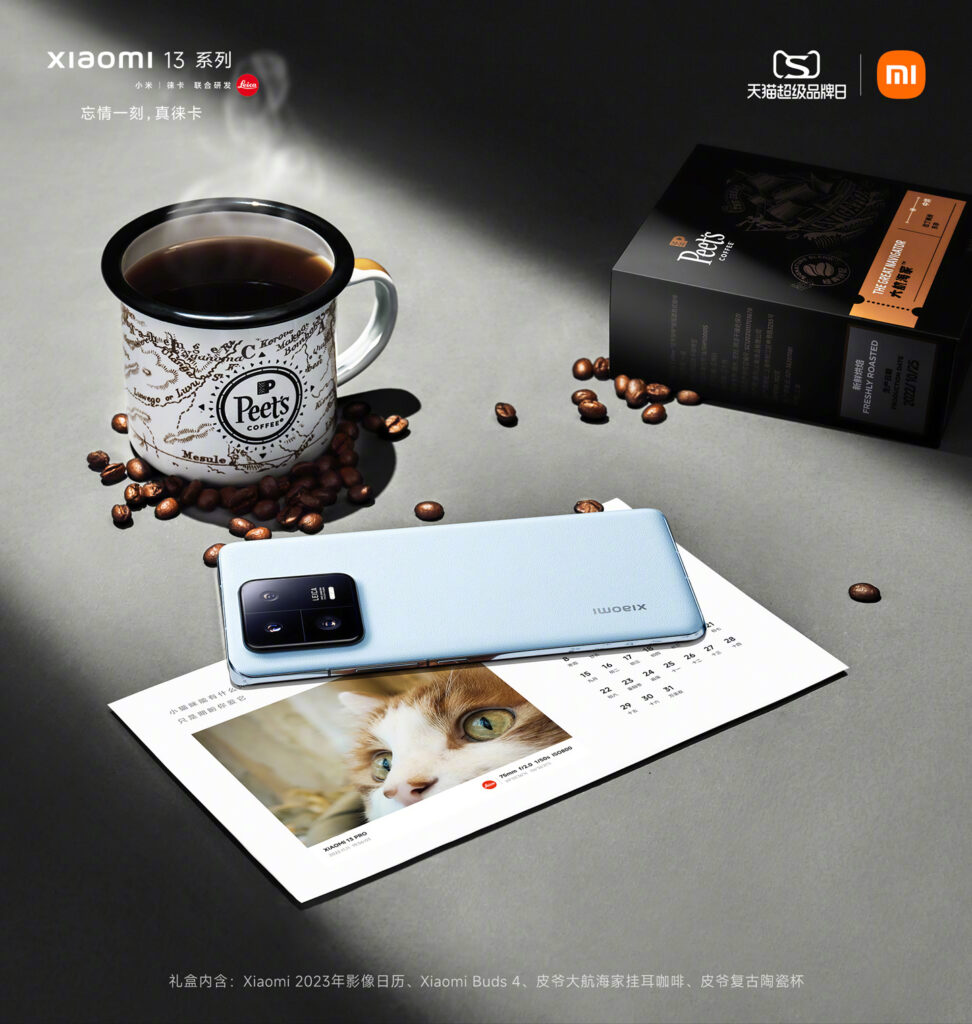
Xiaomi 13
Like the pro version, the base version also upgrades its peak brightness up to 1,900. It also features the same IP rating that the pro version has. However, it’s unclear whether the back of the device is a polymer or Corning Gorilla Glass.
For its design, in my personal opinion, I like the Xiaomi 13’s build more than the pro version, simply because it’s handy to hold. It’s convenient and more pocketable. The convenience of gripping this phone is there and how aesthetic the design and color were done, are so on point in my taste.
Also, I’d like to emphasize that the camera of the Xiaomi 13 is a bit better than Xiaomi 12 on paper due to the presence of Leica. Both companies offered their first collaboration for the Xiaomi 12 Series and honestly, there are lapses in terms of the camera performance. So, by acknowledging that they are done in terms of calibration, the Xiaomi 13 may offer better camera powers.

On all of its cameras, the camera setup on the back receives the Leica treatment. The main unit is 50 MP, f/1.8, 23mm, 1/1.56″, 1.0m, and Hyper OIS. More importantly, we now have a proper telephoto on board, which was the Xiaomi 12’s main drawback. There’s a 10MP OIS-aided camera with a Leica lens, f/2.0 aperture, and native 3x zoom.
For its battery, Xiaomi 13 has the same battery specs and features as its predecessor: 4,500mAh battery, 67W fast charging, 50W wireless charging, and 10W reverse charging. Xiaomi Surge G1 chip is also present to help the safety of its charging capability. Although both iterations 12 and 13 have the same number, the ad says that Xiaomi 13 can charge up to 100% in 38 mins while the wireless will take 48mins. A better number than the Xiaomi 12.
Pricing and Availability
The two phones are up for pre-order in China with shipments starting December 14.
The Xiaomi 13 has a base version of 8GB RAM + 128GB ROM trim is CNY3,999~PHP 31,881.39, its 8GB RAM + 256GB ROM is priced at CNY 4,299~PHP 34,273.09, while the 12GB RAM + 256GB ROM units cost at CNY 4,599~PHP 36,664.79, and lastly, the highest variant 12GB RAM + 512GB ROM cost at CNY 4,999~PHP 39,853.73.
And for the Xiaomi 13 Pro, the cheapest variant 8GB RAM + 128GB ROM is priced at PHP 39,853.73, while the maximum variant 12GB RAM + 512GB ROM costs at CNY 6,299~PHP 39,853.73.


